Diving Knot Guidance
Underwater environments require specialized knot knowledge to ensure safety and equipment security. These knots are essential for divers to secure gear, manage lines, and handle emergency situations whether in recreational diving, technical diving, or underwater work.
1. Equipment Attachment
These knots are used to securely attach diving equipment to you or your buoyancy compensator device (BCD). They remain secure underwater but can be easily untied even with cold hands or while wearing gloves.
Recommended Knots
2. Surface Line Management
These knots are essential for surface support operations, securing dive flags, and managing descent/ascent lines. They provide reliable attachment points that can be adjusted or quickly released when necessary.
Recommended Knots
3. Emergency Procedures
In emergency situations, these knots provide quick and reliable solutions for equipment recovery, buddy towing, or creating emergency lift bags. They can be tied quickly even in stressful situations.
Recommended Knots
4. Cave & Technical Diving
Technical diving and overhead environments require specialized knots that won't jam under tension and can be manipulated with limited visibility. These knots are essential for reel and guideline management in cave diving scenarios.
Recommended Knots
All Diving Knots
A complete collection of knots commonly used in diving activities.
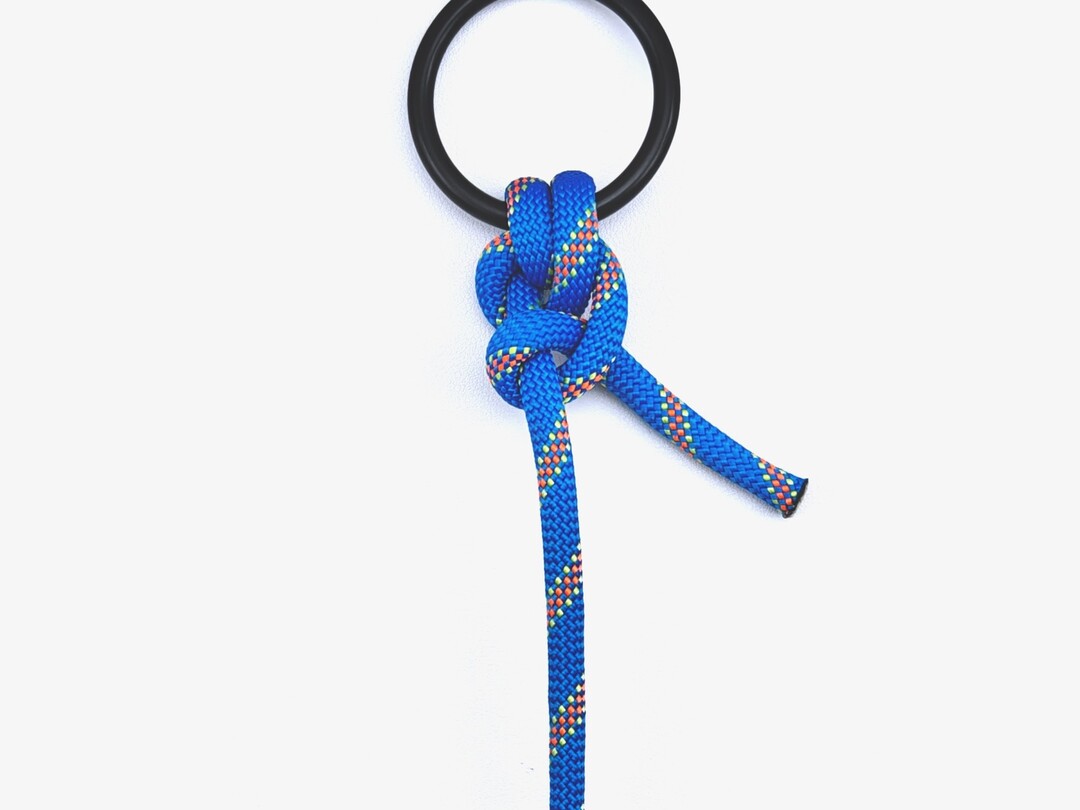
Anchor Hitch
Secures ropes to anchors, rings, or posts.
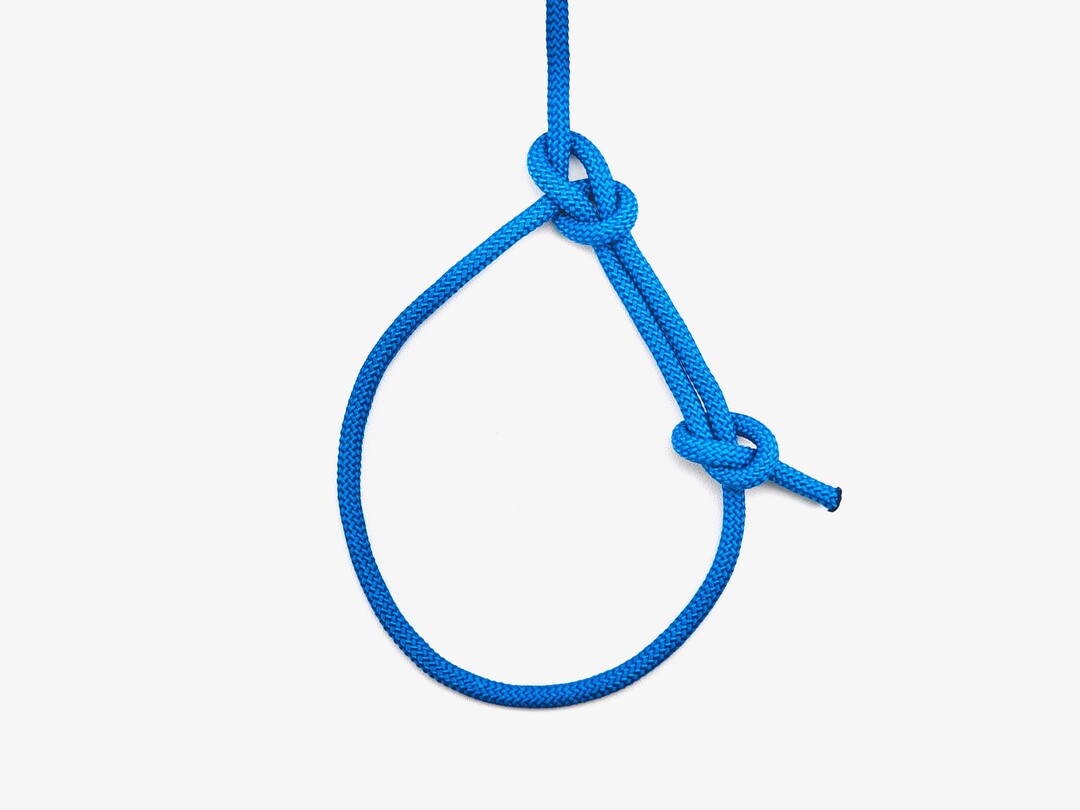
Bowline with Stopper
Secure loop knot with an overhand stopper.
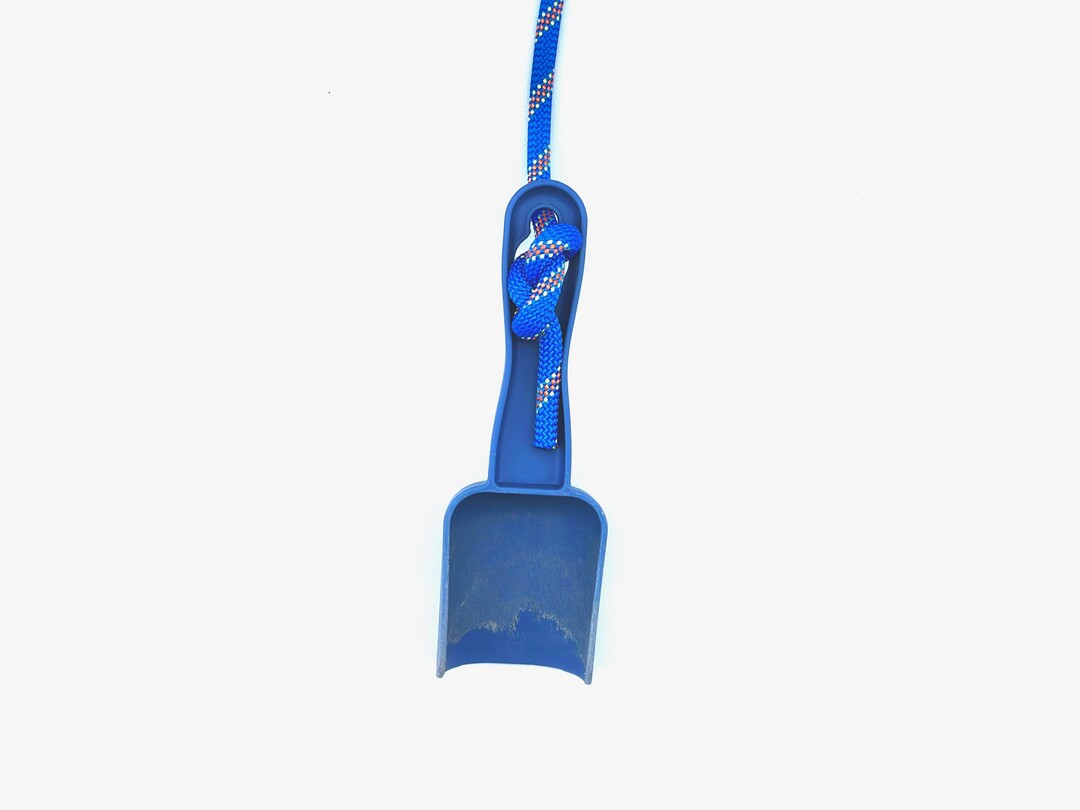
Figure Eight
Reliable stopper knot for ropes.
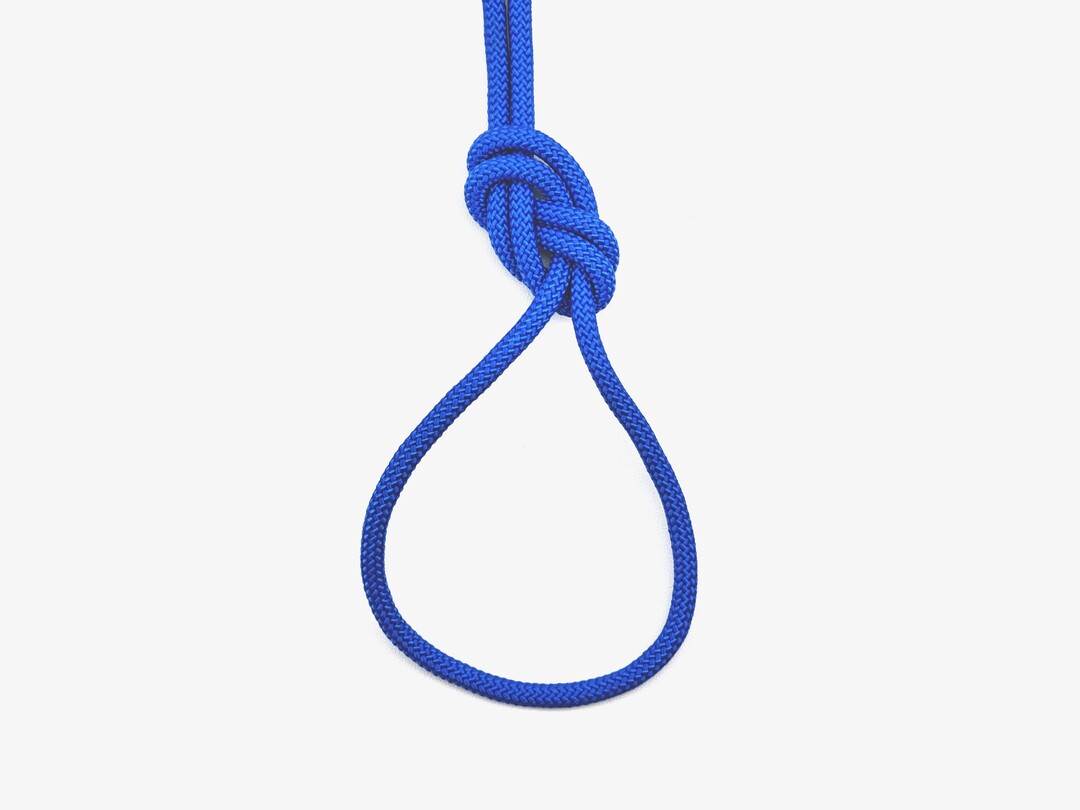
Figure-Eight Loop
Secure loop for climbing and rescue.
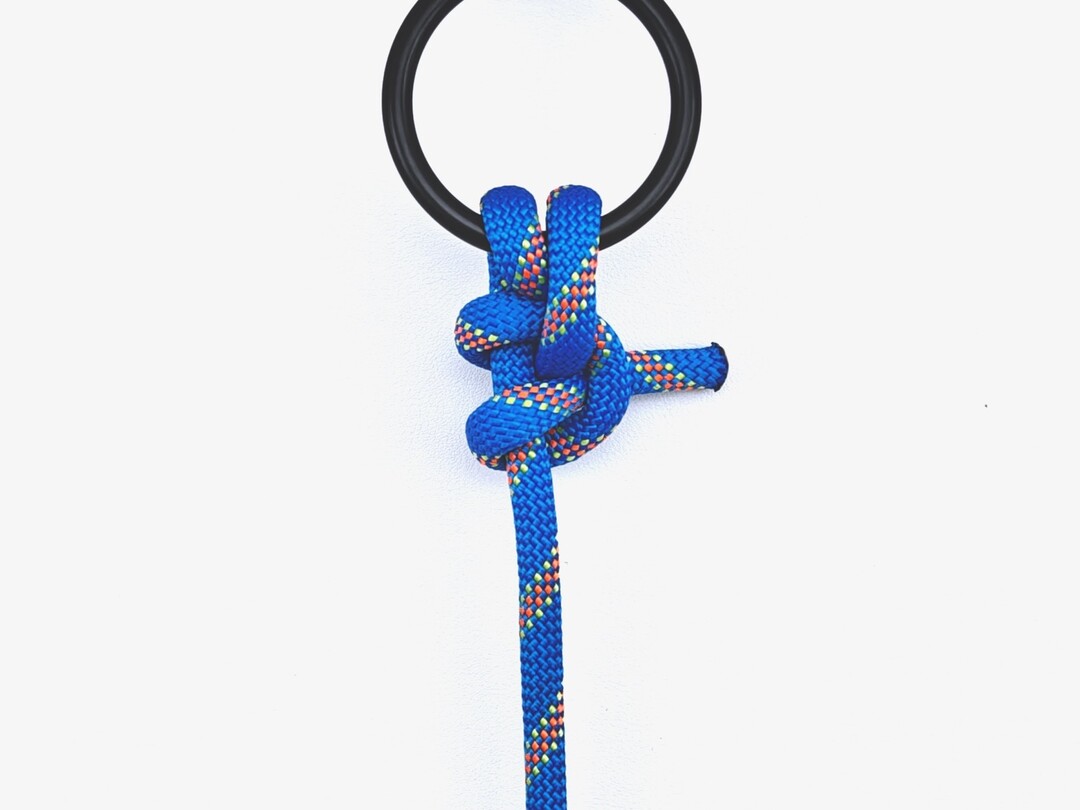
Round Turn & Two Half Hitches
Secures ropes to fixed objects like posts or rings.
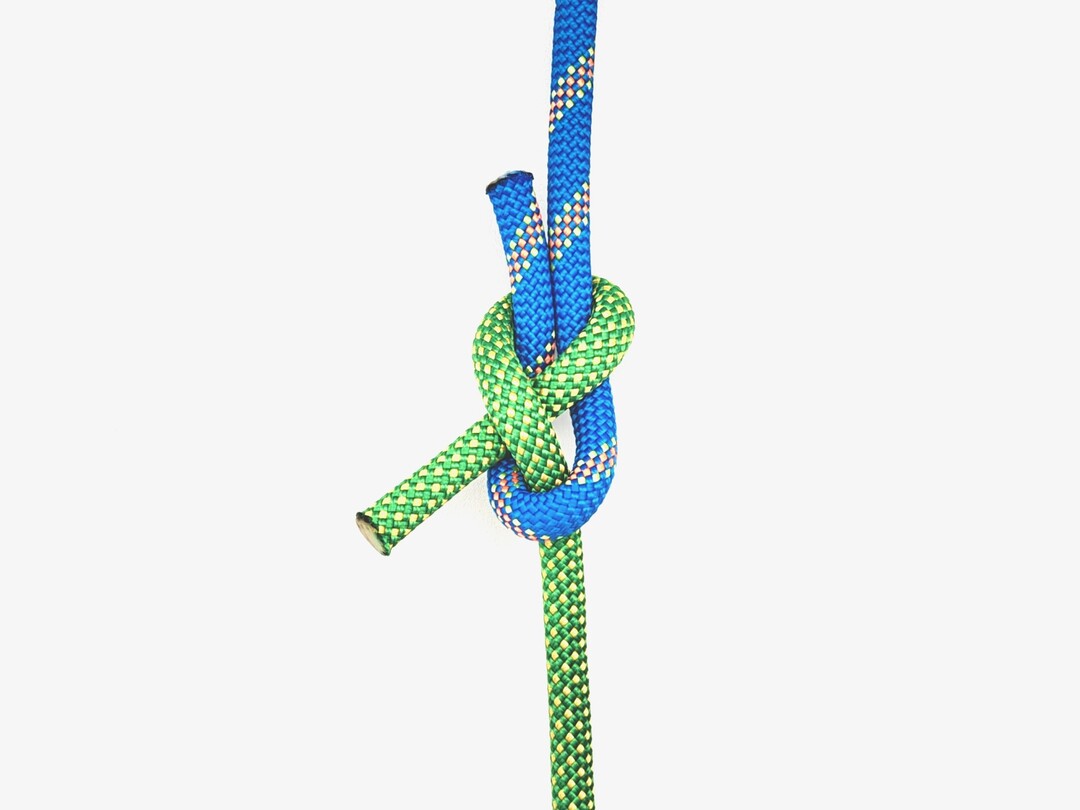
Sheet Bend
Joins two ropes of different or similar sizes
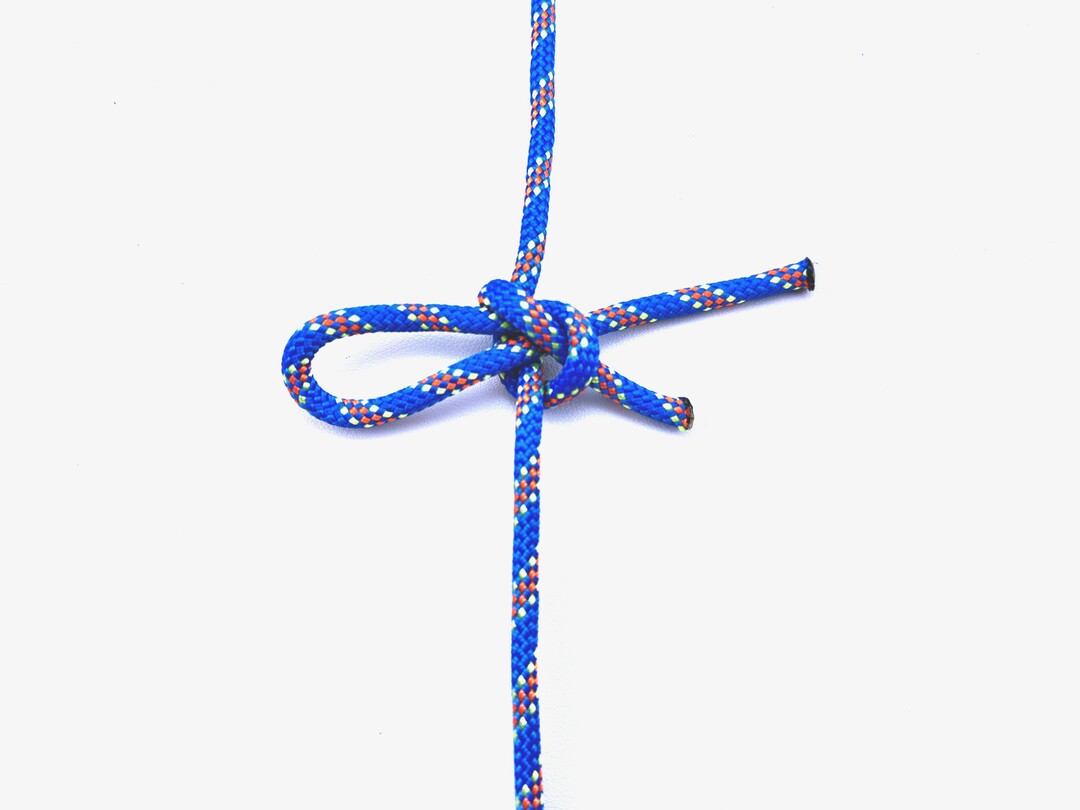
Slipped Square Knot
Quick-release binding knot for easy untying.
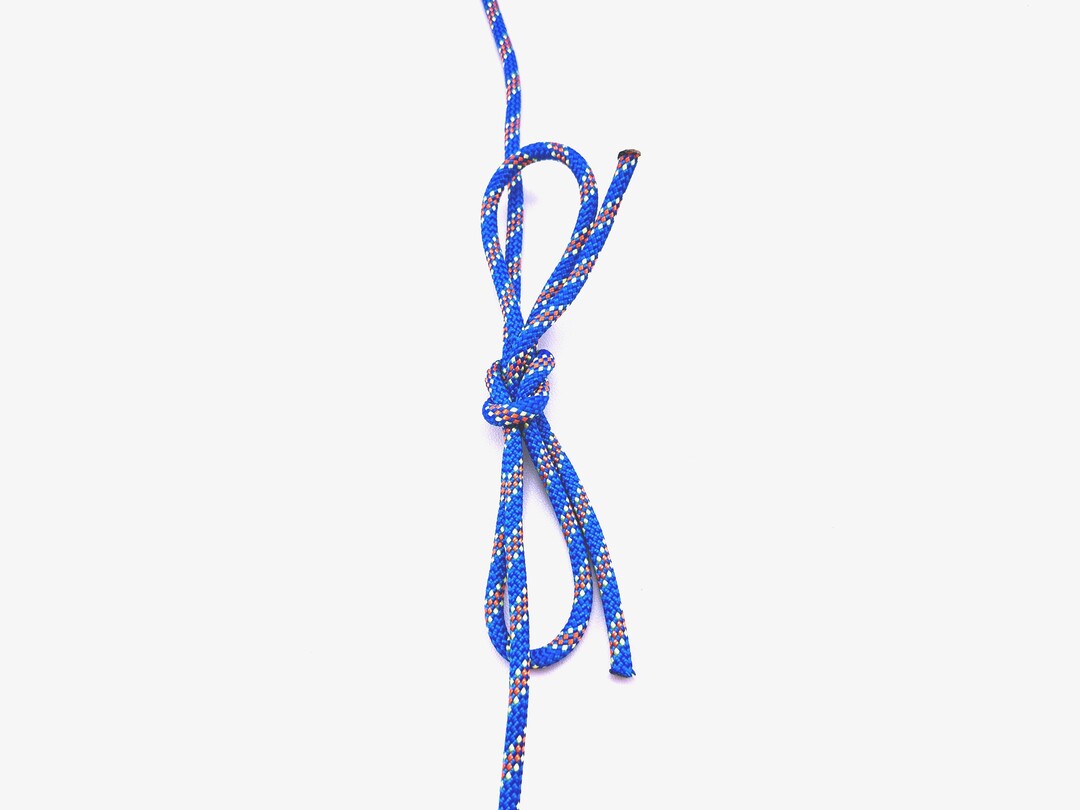
Slipped Square Knot Doubled
Used for shoelaces and decorative bows
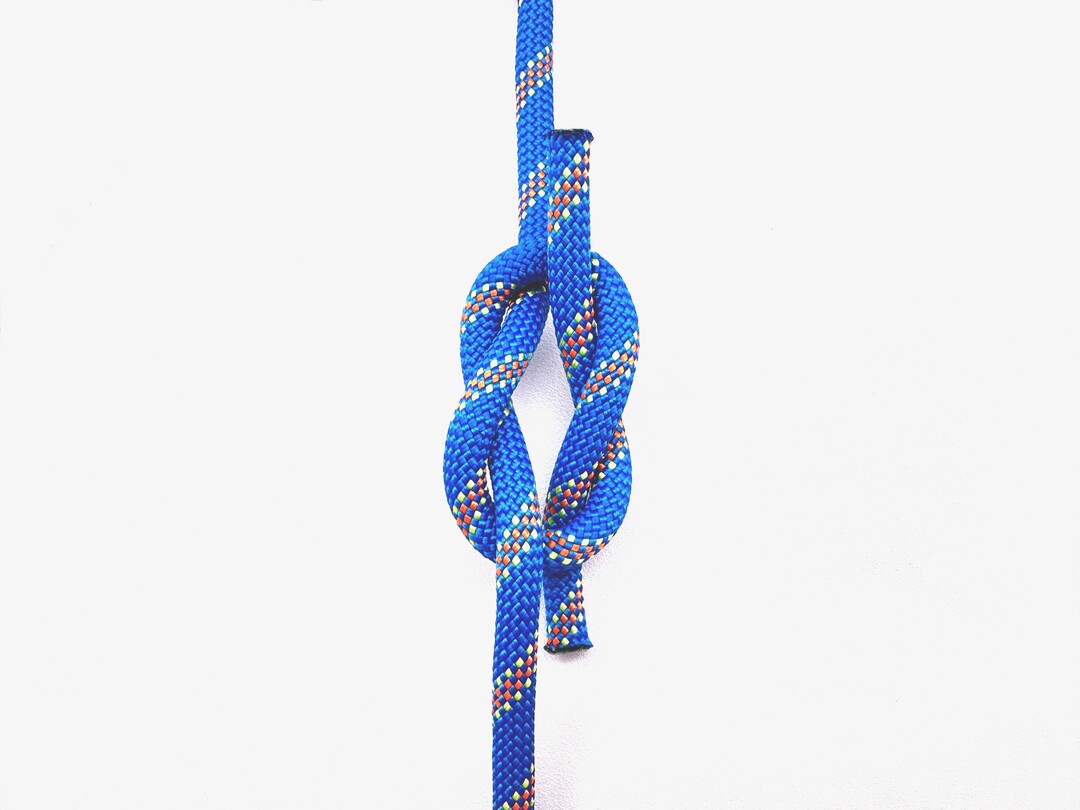
Square Knot
Binds ropes around objects or bundles.
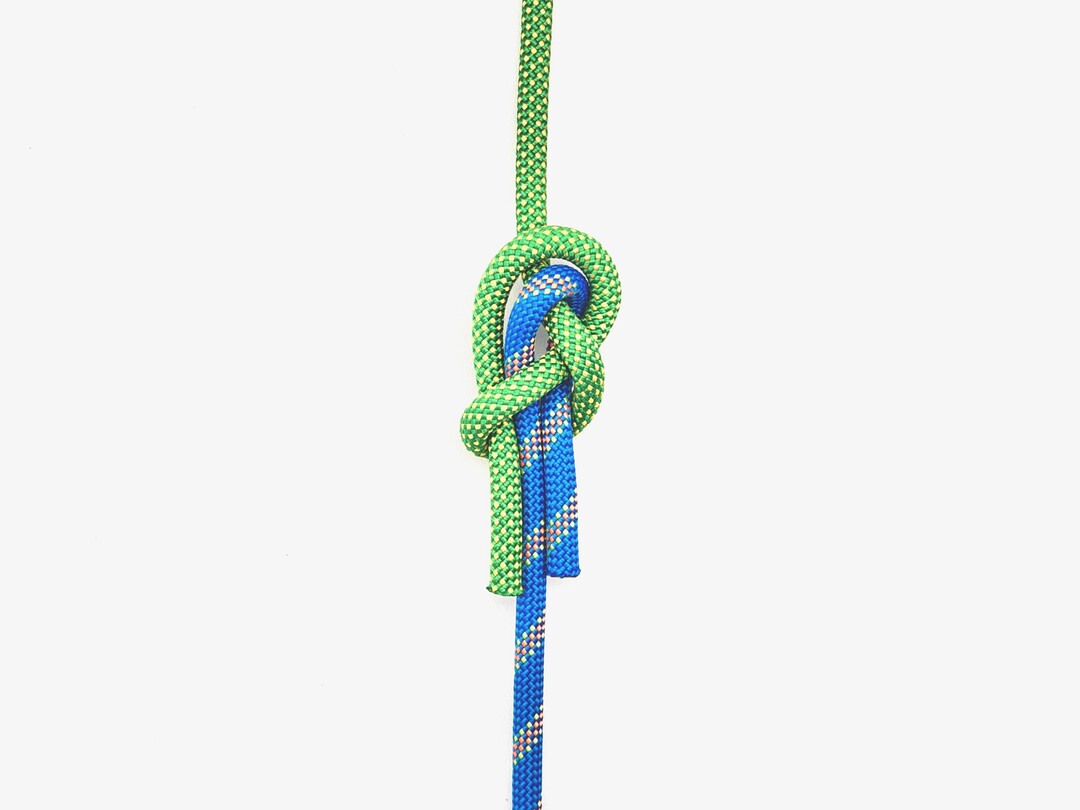
Tucked Sheet Bend
Joins two thin lines securely
Diving Knot Safety
Line Selection
- Use braided nylon or polyester lines for dive operations, as they maintain strength when wet
- Avoid traditional climbing ropes that absorb water and become heavy
- Brightly colored lines improve visibility underwater
- Always carry cutting tools to quickly free yourself from entanglements
Underwater Considerations
- Practice tying all knots with gloves on before diving
- Remember that fine motor skills diminish at depth and in cold water
- Tie knots that can be untied even when wet and under tension
- Saltwater can cause certain materials to stiffen - rinse all lines after use in salt water
Equipment Integration
- Never attach critical life support equipment with a single knot
- Use redundancy in all critical connections
- Check all knots before each dive during your gear check
- Remove or secure excess line to avoid entanglement hazards
Diving Knot Warning
- Entanglement underwater can lead to serious injury or death. Always carry a cutting device, practice knots extensively before relying on them underwater, and maintain situational awareness around lines and ropes. Never dive alone.